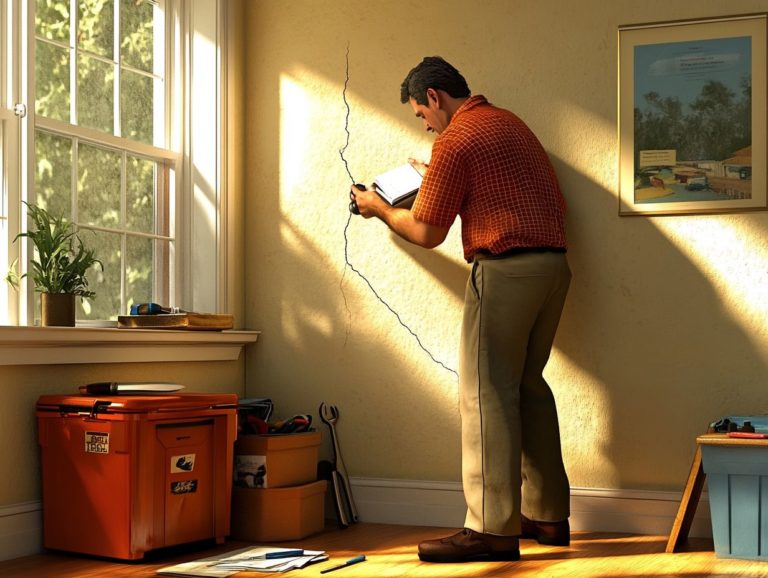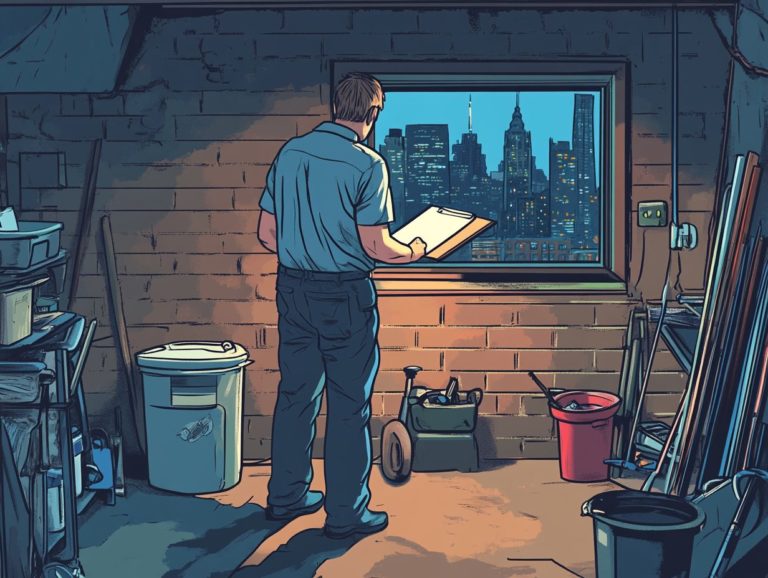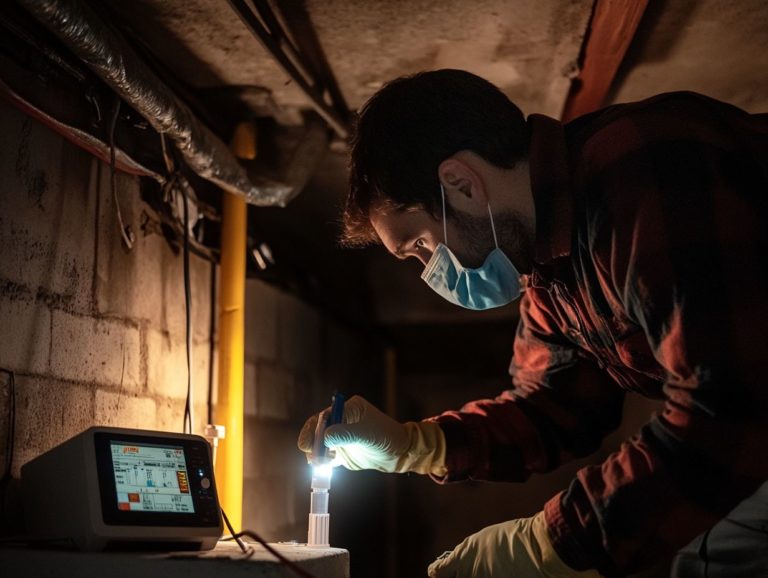What to Expect with a Home Inspection
Are you ready to uncover the hidden truths about your potential new home? Buying a home stands as one of the most significant investments you will ever undertake. A home inspection is an essential step in that journey.
So, what exactly does a home inspection involve? This guide will illuminate its purpose and significance while also detailing how to prepare for the inspector’s arrival.
You ll discover common issues that may arise, the associated costs, and how to interpret the findings to empower your decision-making process. Equip yourself with knowledge and navigate your home-buying adventure with unwavering confidence!
Contents
Key Takeaways:
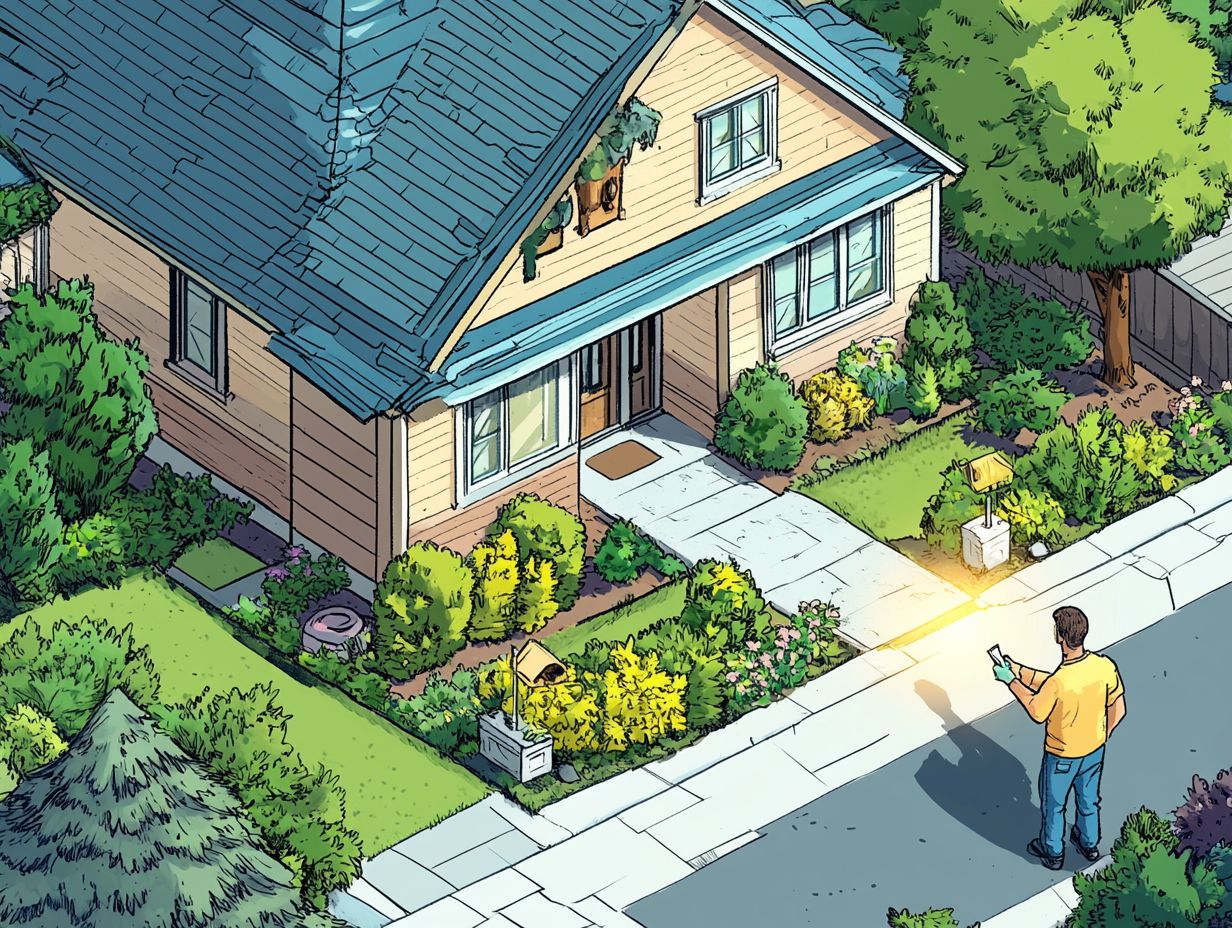
A home inspection is a crucial step in the home buying process that helps identify potential issues and their associated costs.
Before a home inspection, it’s important to prepare the property and make sure all areas are accessible and in good condition.
During the inspection, the inspector will carefully check the property, including the structure, systems, and major appliances, to provide a detailed report of any issues found.
What is a Home Inspection?
A home inspection is a comprehensive assessment of a property performed by a certified home inspector, carefully checking its structural integrity (the strength and stability of a building), systems (like plumbing and electrical setups), and safety features.
This important step in the home buying journey offers valuable information for both buyers and sellers. It can uncover potential issues that might escape the notice of the untrained eye think plumbing dilemmas, electrical system quirks, and foundation concerns.
Understanding the importance of a home inspection helps you make informed decisions and negotiate with confidence. It also provides sellers with a clear understanding of what to anticipate throughout this process.
Purpose and Importance of a Home Inspection
A home inspection reveals serious issues within a property that could impact its value and safety, enabling you whether you’re buying or selling to make informed decisions.
By carefully checking critical elements like the roof, foundation, plumbing, and electrical systems, home inspections offer important information about the property’s overall condition.
For buyers, this process not only highlights potential problems but also enhances your negotiation leverage, allowing you to request repairs or adjust offers based on the findings.
If you’re selling, being proactive with an inspection can lead to a smoother transaction. It provides clarity and helps to prevent any unwelcome surprises during the appraisal process.
Ultimately, a thorough home inspection safeguards your investment and fosters trust among everyone involved.
Preparing for a Home Inspection
Preparing for a home inspection requires you to take several essential steps, ensuring a seamless experience for both buyers and sellers.
This careful process culminates on inspection day, where a thorough evaluation of various aspects of the property takes place.
What to Do Before the Inspector Arrives
Before the inspector arrives, take proactive steps to ensure the home inspection runs smoothly and efficiently.
Start by preparing a comprehensive inspection checklist that highlights key areas of concern, such as plumbing and electrical systems. This will help you identify potential issues early on.
If you’re selling, consider addressing minor repairs like fixing leaky faucets or squeaky doors that could raise red flags during the inspection.
Also, clarify access to crucial areas, such as attics and basements, so the inspector can navigate freely without any obstacles. By anticipating these elements, you can create a more positive experience for everyone involved.
What to Expect During a Home Inspection
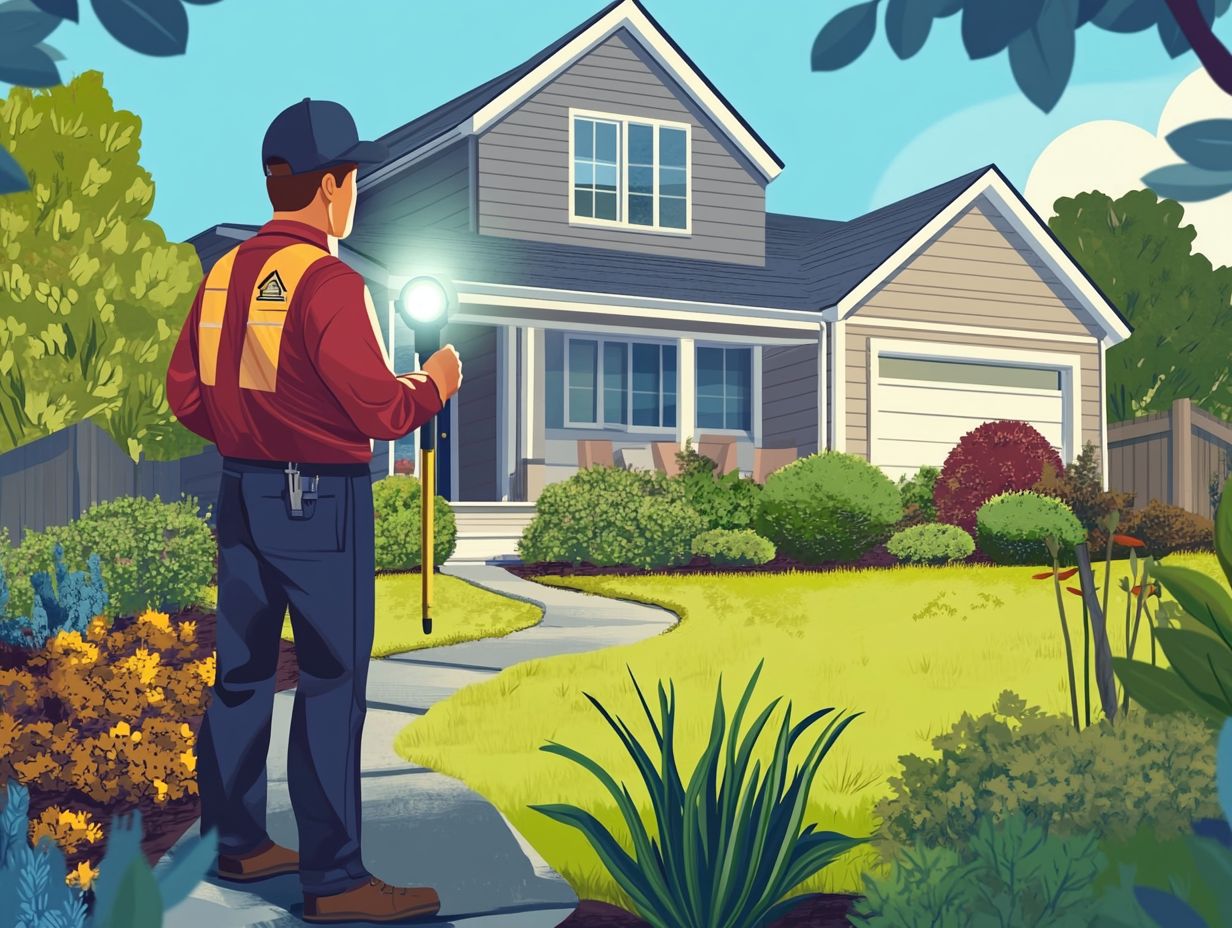
During a home inspection, you can expect a thorough, step-by-step evaluation carried out by a certified home inspector, so it’s crucial to know what to look for in a home inspection report.
They will carefully check various areas of the property to uncover any potential issues that may need your attention.
Don t wait! Get your home inspected today to avoid future headaches!
Step-by-Step Process and Areas Covered
Home inspections cover critical areas like heating and cooling systems, plumbing, electrical systems, and foundation integrity. This thorough evaluation ensures the property is safe and sound.
This approach uncovers potential hazards and examines roofing conditions, insulation effectiveness, and pest infestations.
Inspectors closely check heating and cooling systems for inefficiencies. These could lead to expensive repairs later on.
Evaluating plumbing systems is just as crucial. Hidden leaks might cause long-term damage and mold growth.
A detailed inspection of electrical systems prevents fire hazards from faulty wiring. Foundation integrity is equally important, as shifts or cracks may indicate serious structural issues.
Each evaluation results in a detailed inspection report, enabling you to make informed decisions about your home.
Common Issues Found During a Home Inspection
During a home inspection, you may encounter various common issues. These can range from serious plumbing and electrical concerns to potential environmental hazards like radon and mold. It’s important to understand what to know about home inspection policies to ensure a thorough evaluation.
Being aware of these issues is essential, as they can significantly impact your home’s safety and overall value.
Examples of Potential Problems
Consider potential problems during a home inspection, such as plumbing leaks, faulty electrical systems, foundation issues, and infestations like mold and termites.
Plumbing leaks can result from aging pipes or poor installation, leading to significant water damage if not addressed promptly.
Faulty electrical systems often come from outdated wiring or improper modifications. These pose serious safety risks, including fire hazards.
Foundation issues may stem from drainage problems or soil erosion, which can lead to structural instability over time.
Infestations from mold or termites can indicate moisture issues or conditions favorable to wood destruction. Both can undermine your home’s integrity and lead to costly remediation if left unchecked.
Costs and Fees Associated with a Home Inspection
Understanding the costs tied to a home inspection is vital for both buyers and sellers. Various factors can significantly affect the final price, making it essential to be informed.
Factors Affecting the Price
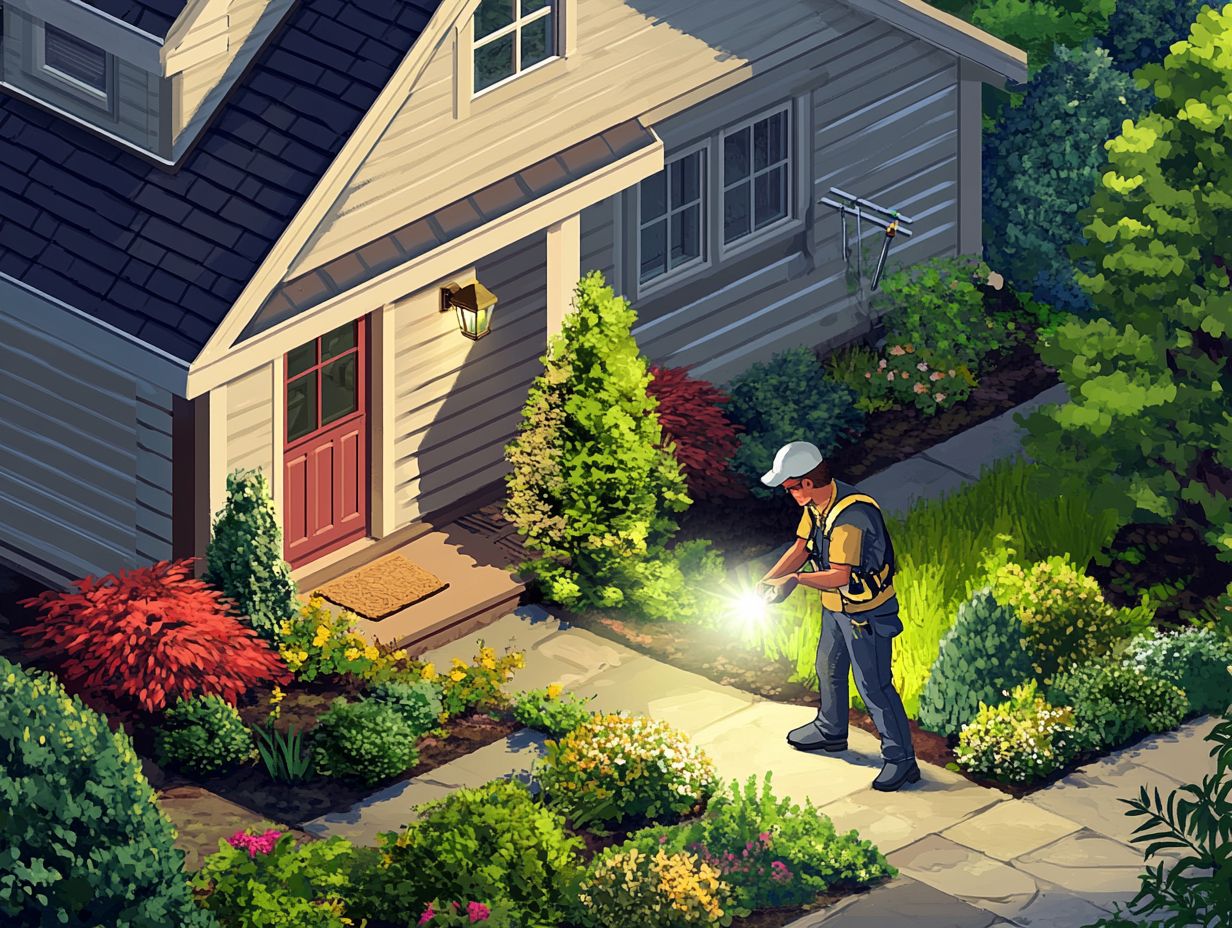
Several factors influence the price of a home inspection, including property size, location, and specific services you request.
If you’re looking at larger homes, expect higher inspection costs. More rooms and systems mean more time and effort in the examination.
Location is another crucial factor. Inspections in urban areas often carry a higher price tag than those in rural settings, due to demand and local market trends.
Specialized services, like environmental testing for lead or radon, can also increase your overall costs.
Seasonal conditions can complicate matters. For example, snow covering the roof may require extra fees to complete the assessment.
All these elements create a diverse landscape of home inspection prices. It s wise to weigh your options carefully.
Interpreting the Inspection Report
Interpreting the home inspection report is a pivotal step in the real estate process for both buyers and sellers.
This document offers essential findings and recommendations that can significantly influence your future decisions.
Understanding the Findings and Recommendations
The findings and recommendations in a home inspection report are vital for buyers and sellers. They provide critical insights into the property’s condition.
Understanding these details is essential. The report highlights existing issues and serves as a guide for improvements and negotiations.
Carefully analyze the report to identify serious problems affecting safety, livability, or resale value. Addressing these recommendations can save you time and money, preventing issues from escalating.
As a buyer, approach your purchase confidently. As a seller, addressing highlighted repairs ensures your home is market-ready.
Next Steps After a Home Inspection
After a home inspection, navigate the next steps carefully. You need to address any uncovered issues and negotiate terms based on the findings.
This process is crucial for both buyers and sellers. It sets the stage for a successful transaction.
Addressing Issues and Negotiating with the Seller
As a buyer, you must address issues uncovered during the home inspection. You may need to negotiate with the seller to resolve these concerns before finalizing the deal.
This negotiation is essential to ensure the property is sound and worth your investment. Start by compiling a thorough list of findings, highlighting critical areas needing immediate attention.
Effective communication with the seller is crucial. Present concerns calmly, creating a collaborative environment. Propose reasonable repair timelines or offer to cover minor repairs in exchange for a price reduction.
Your goal is to create a win-win scenario that satisfies both parties while securing your peace of mind.
Frequently Asked Questions

What happens during a home inspection?
A home inspection is a thorough examination of a property’s condition, typically done before buying or selling. It identifies potential issues affecting the property’s value or safety.
Why is a home inspection important?
A home inspection provides a clear understanding of the property’s condition. It helps buyers make informed decisions and gives sellers a chance to fix issues before listing.
Who should attend the home inspection?
It s best for both the buyer and the seller to be present. This allows the inspector to explain findings and answer any questions in real-time.
What areas will be inspected?
A typical home inspection covers the structure, roof, foundation, plumbing, electrical systems, and the home s interior and exterior. Some inspectors may also test for radon or mold.
How long does a home inspection take?
The duration varies based on the property’s size and condition. On average, it takes 2-3 hours, but larger homes may require more time.
What follows the home inspection?
Afterward, the inspector provides a detailed report of their findings. Buyers can use this to negotiate repairs or a lower purchase price, serving as a reference for future maintenance.

